GIC unveils its boldest investment yet: An AI committee helping it manage S’pore reserves
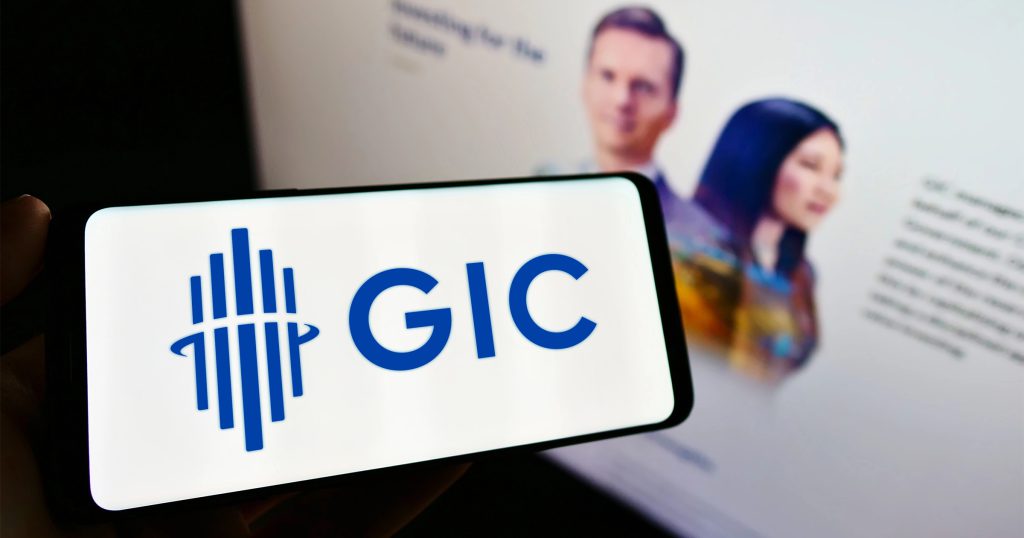
Disclaimer: Unless otherwise stated, any opinions expressed below belong solely to the author. Singapore’s leading sovereign wealth fund, GIC, with estimated assets under management topping S$1 trillion, consisting part of the country’s vast reserves as well as, indirectly, proceeds from the CPF, has revealed in its annual report that it is actively deploying artificial intelligence […]
From GetGo’s team, here’s ZipZap: S’pore’s new subscription-based car ownership platform
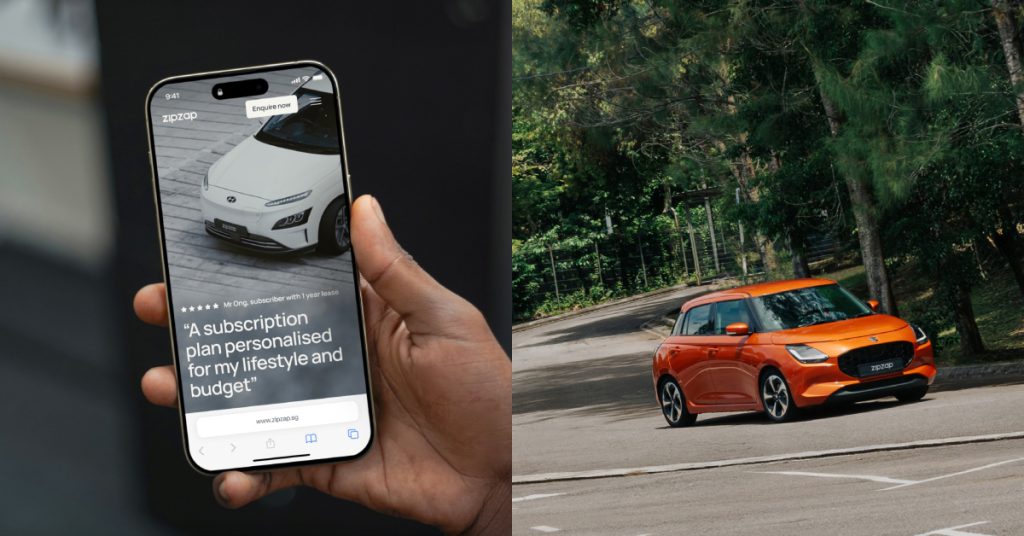
ZipZap, a new car subscription platform developed by the team behind car-sharing startup GetGo, has launched in Singapore today (July 29). The platform aims to offer the benefits of personal car access with the flexibility and financial accessibility that today’s drivers increasingly seek. We saw a clear gap between short-term rentals and long-term ownership, and […]
10 yrs in, Jinjja Chicken’s founder reveals winning recipe for navigating S’pore’s F&B scene
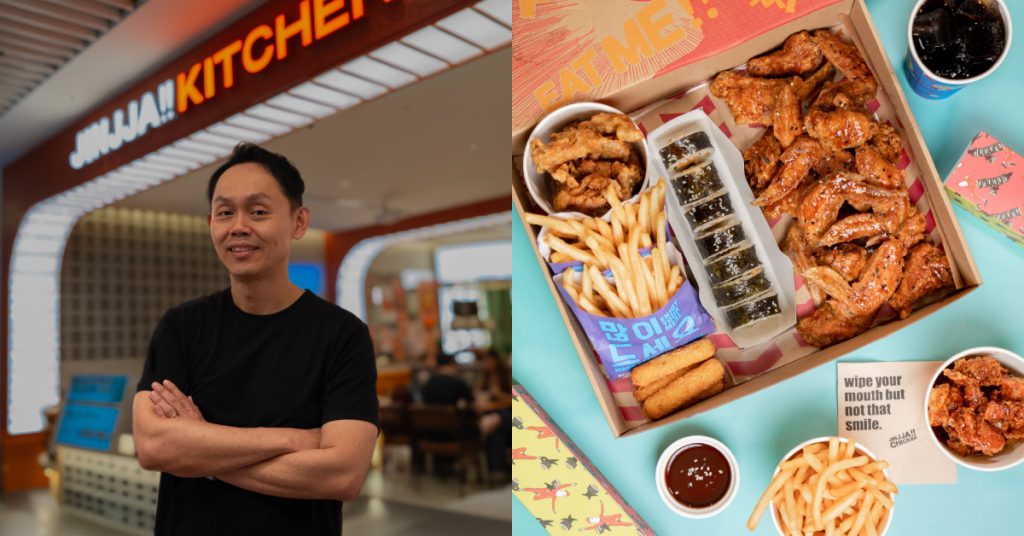
Singapore’s F&B landscape is notoriously competitive—recent months have seen a wave of closures, with many struggling to stay afloat amidst rising costs and shifting consumer habits. One former F&B owner even went so far as to warn, “Don’t come to F&B right now.” This is why a brand like Jinjja Chicken is considered a rarity. […]
S’pore salary stagnation: Some industries pay less than 5 years ago. How does yours compare?

Disclaimer: Unless otherwise stated, any opinions expressed below belong solely to the author. Data sourced from the Ministry of Manpower and Singapore Department of Statistics. While Singapore hasn’t been affected by inflation nearly as badly as most other countries, there’s no denying the fact that prices have gone up quite a lot since pre-pandemic levels. […]
When nothing helped his eczema, this Singaporean invented a fix that actually worked
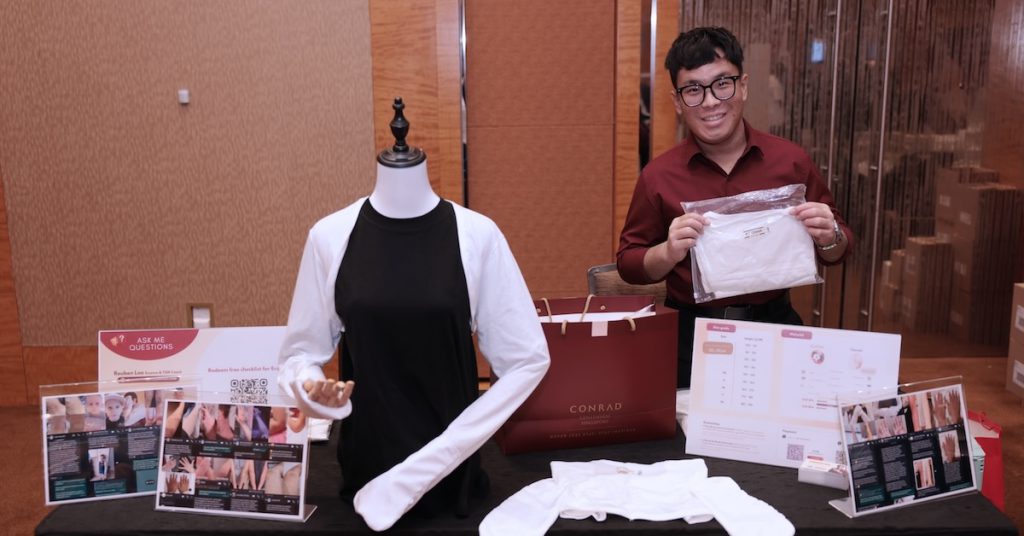
By the time he was 17 years old, Reuben Loo claimed to have accumulated seven figures by investing into crypto. Not only that, he’d also become an angel investor in the crypto and tech sectors, and was one of the first few polytechnic students to join Protege Ventures, Southeast Asia’s first and Singapore’s only student-run venture […]
This S’pore biz brings in up to S$13K/mth selling shoyuzuke sashimi & somen weekly on Shopee
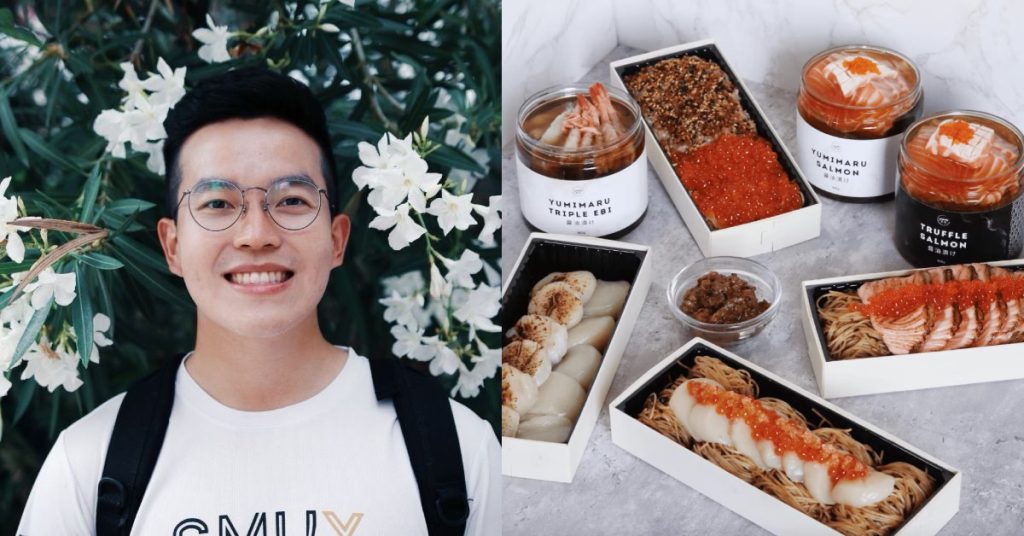
Singapore’s food scene offers a wide variety of cuisines and innovative dining concepts; however, salmon dishes have traditionally been limited to a few standard preparations—grilled, pan-seared, or served plain as sashimi. Seeking to offer a new way to enjoy salmon, James Looi co-founded Yumimaru together with his university friend in November 2022. The business’s speciality […]
5 reasons why M’sian AI-driven startups should join Sidec’s Deep Tech Xccelerator 2025
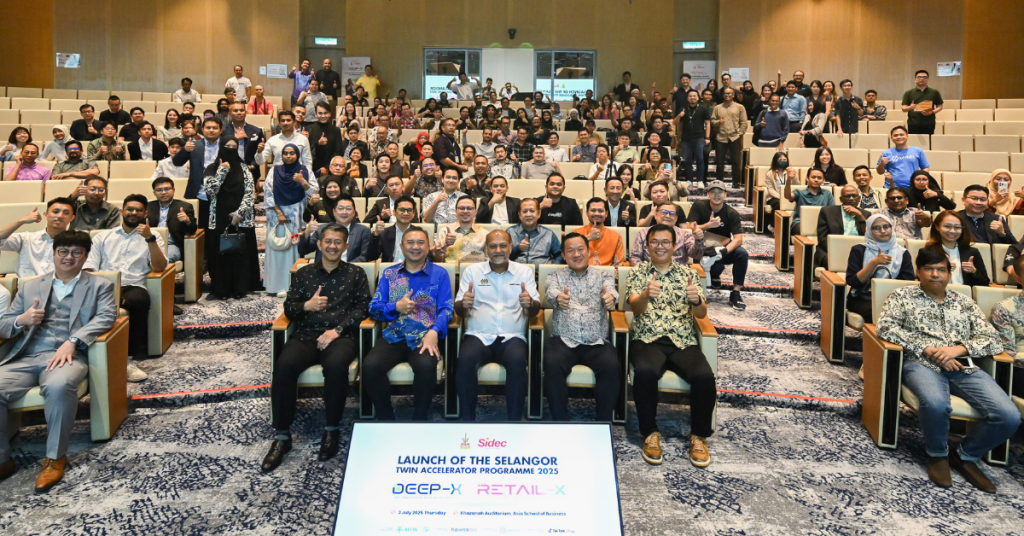
[This is a sponsored article written in collaboration with Selangor Information Technology & Digital Economy Corporation (Sidec).] Globally, 2025 seems to be the year we embrace artificial intelligence (AI). We’re seeing more businesses increasingly prioritise AI integration into everyday activities, from using it for customer engagement to data analysis and automating simple processes. Even on […]
From +18% to -45%: Here are Singapore’s fastest growing and shrinking jobs of 2025, so far
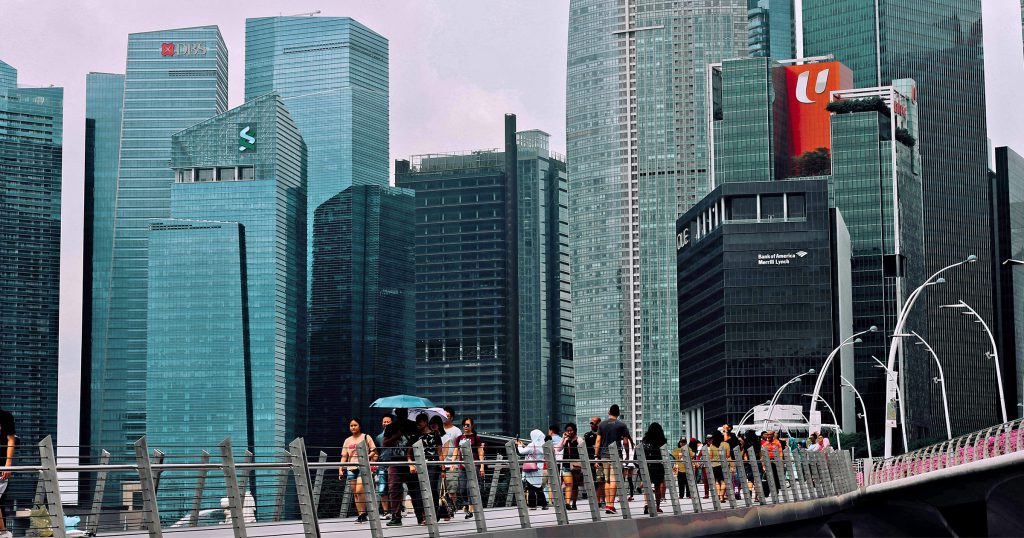
Disclaimer: Unless otherwise stated, any opinions expressed below belong solely to the author. All data sourced from professional 3rd parties cited in the article. On the surface, Singapore’s employment situation remains strong, with low unemployment of around 3% for both residents and citizens according to MOM, and plenty of vacancies (1.64 openings for every unemployed […]
This Malaysian wellness centre offers “cellular regeneration.” What’s that about?

[Written in partnership with RENN Asia Wellness, but the editorial team had full control over the content.] Disclaimer: This article is for educational and informational purposes only. It is not intended to be a substitute for medical advice. Cellular regeneration. It might sound like something out of a sci-fi script, but it’s real, and it’s […]
SPH Media lays off 11 employees as the company retires two of its old printing presses

11 production workers will be laid off from SPH Media, following the decommissioning of two of the company’s 30-year-old printing presses that have reached the end of their operational lifespan. According to a news report published by the Straits Times yesterday (July 22), SPH Media’s CEO Chan Yeng Kit announced the job cuts in an […]
From top chefs to Olympic athletes, here are 5 S’poreans who quietly made their marks abroad

Singapore has come a long way from being seen as just a tiny island. Today, it’s a global financial and trading hub—and home to talents who have made waves far beyond our shores. From Olympic athletes like Joseph Schooling and Max Maeder to entrepreneurs such as Min-Liang Tan of Razer and Rachel Tan of Love, Bonito, these […]
This M’sian team created the country’s first plant-based beverage innovation lab, here’s why

Over the years, alternative milk products have become more and more popular in Malaysia. Most cafes nowadays offer a dairy substitution in the form of oat or soy milk, and the product can easily be sourced in most grocery stores. However, Malaysia is still lagging behind when it comes to our own homegrown innovations in […]
These 23 Y/O S’poreans recreated nasal strips for sports performance, inspired by… horses?
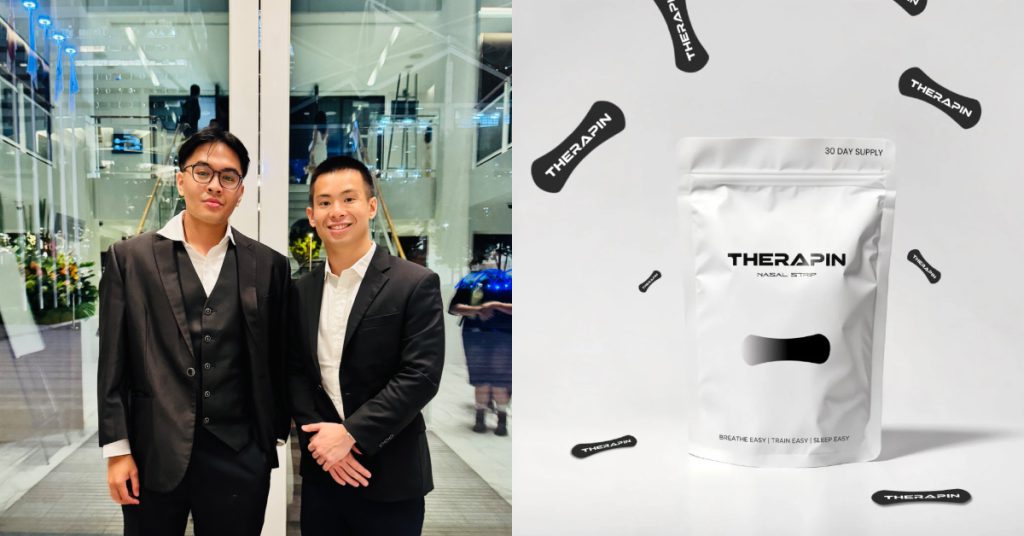
Nasal strips aren’t exactly new. They’ve long been a go-to for those looking to get a better night’s sleep. But Singaporean wellness brand Therapin sees untapped potential beyond nighttime relief—specifically, in the realm of sports performance. Its nasal strips have been used by Hyrox athletes, those in high-intensity sports like boxing and motorsports, during racket games like padel and tennis, and even golfers, among many others. […]
Most HDB apartments could cost over S$1M in the 2030s. It’s not only good but necessary.
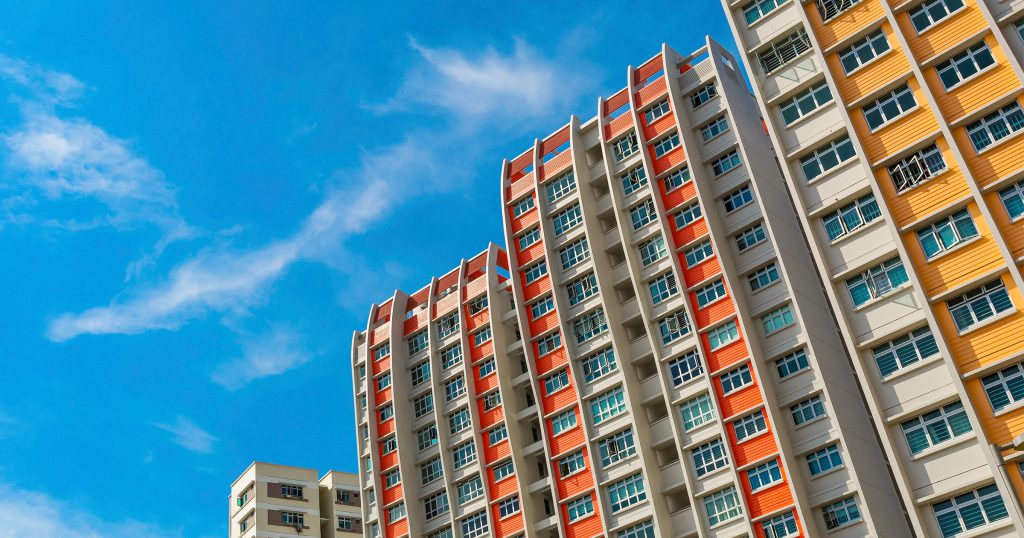
Disclaimer: Unless otherwise stated, any opinions expressed below belong solely to the author. The cost of resale HDB apartments remains one of the hottest topics in Singapore and a source of anxiety for many Singaporeans. A growing number of apartments are selling for over S$1 million, though the first such transaction was recorded already back […]
This S’porean sold lab-grown diamond rings as a side-hustle, now he has a store in Orchard

A couple of years ago, Don Siah noticed a recurring theme among his friends: engagement rings were just too expensive, and many ended up settling for off-the-shelf pieces that didn’t quite reflect their style. Wanting to offer affordable, customisable alternatives, Don decided to try his hand at the trade by starting Diamond Ateliers. Coming from […]
Are you paid your worth? Singapore industries ranked by median salary, from S$2,400 to S$9,800.
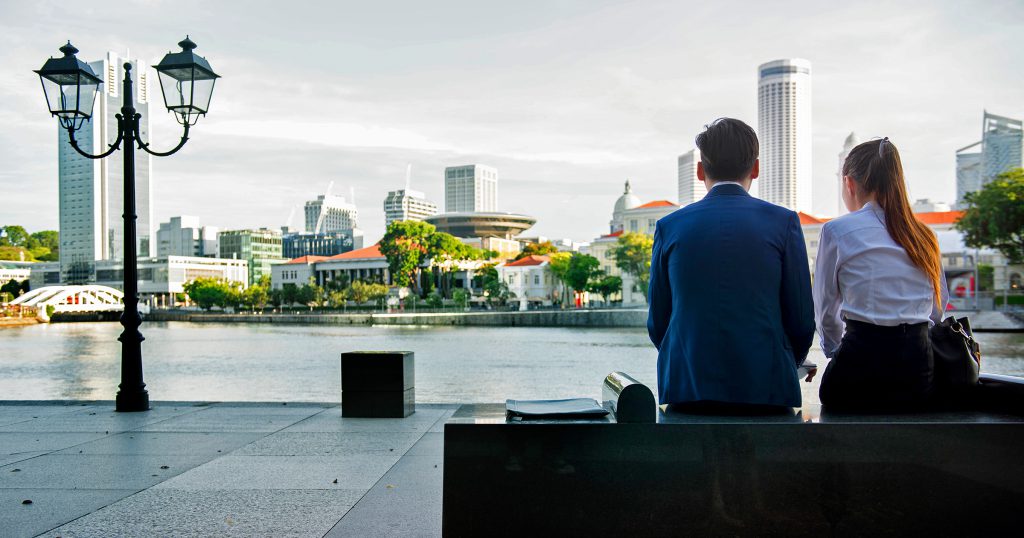
Disclaimer: Unless otherwise stated, any opinions expressed below belong solely to the author. Data sourced from the Ministry of Manpower. The last reported median salary figure for Singapore residents was S$5,500 per month in 2024, inclusive of employer CPF. However, as I have commented here a few times before, I’m not very fond of this […]
This S’porean founder built kiosks that refill household products, they’re now in 14 spots
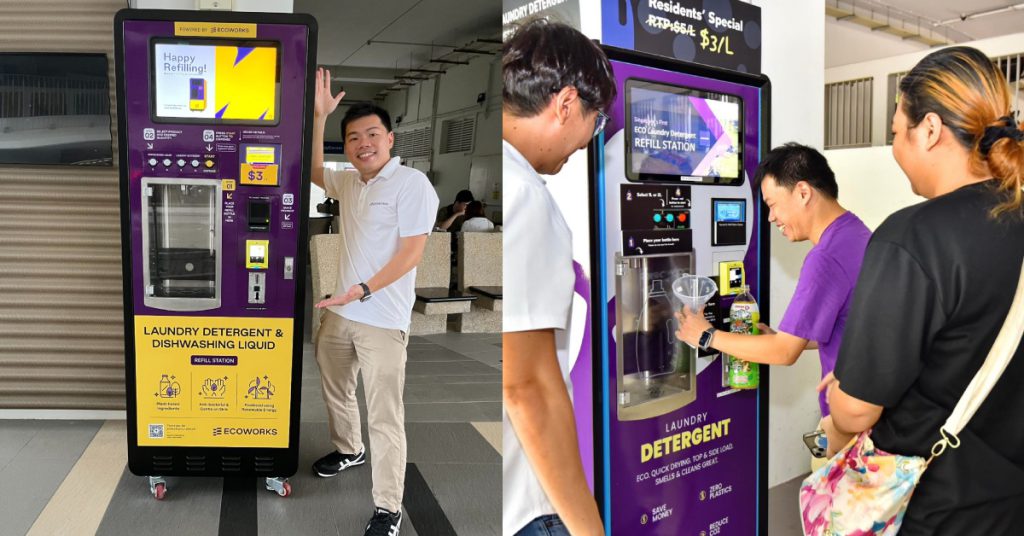
Sean Lam had built an extensive career in the fintech industry. Having worked across cybersecurity and risk management at major firms like PwC and Visa, he even went on to start his own fintech startup, Jewel Paymentech—a financial risk technology company that was later acquired by Advance Intelligence Group, the company behind buy-now-pay-later platform Atome. […]
How this M’sian health centre can help workplaces thrive with corporate wellness programmes
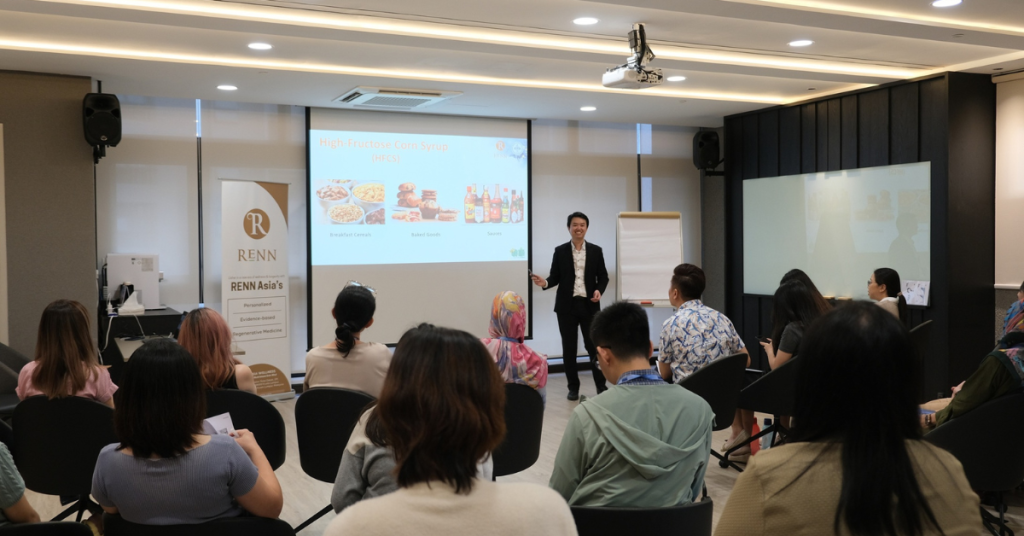
[Written in partnership with RENN Asia Wellness, but the editorial team had full control over the content.] Burnout. Brain fog. Poor metabolic health. These are struggles that corporate employees often struggle with in today’s world. Recognising this, RENN Asia Wellness decided to create their own corporate wellness package to better support corporate workers. After all, […]
The end of an era: 5 trades that have quietly died or are slowly disappearing in Singapore
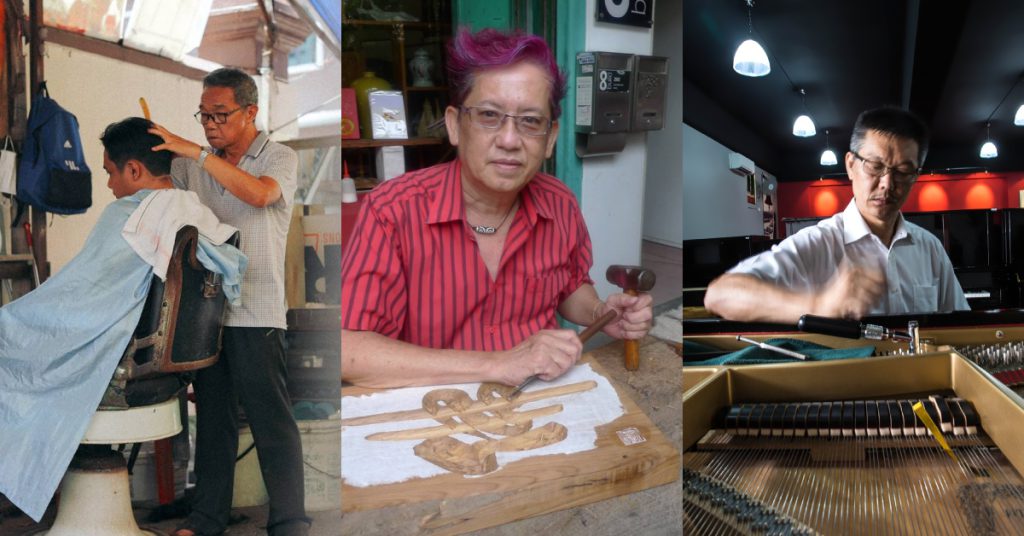
As automation and convenience have become the cornerstones of modern living, many of us can now get almost anything we need with just a few taps on our phones or by walking a mere five to ten minutes from home. While some business models have successfully evolved to match the change in consumer behaviour, others […]
Cathay Cineplexes is considering closing all outlets, how did the cinema giant lose its footing?
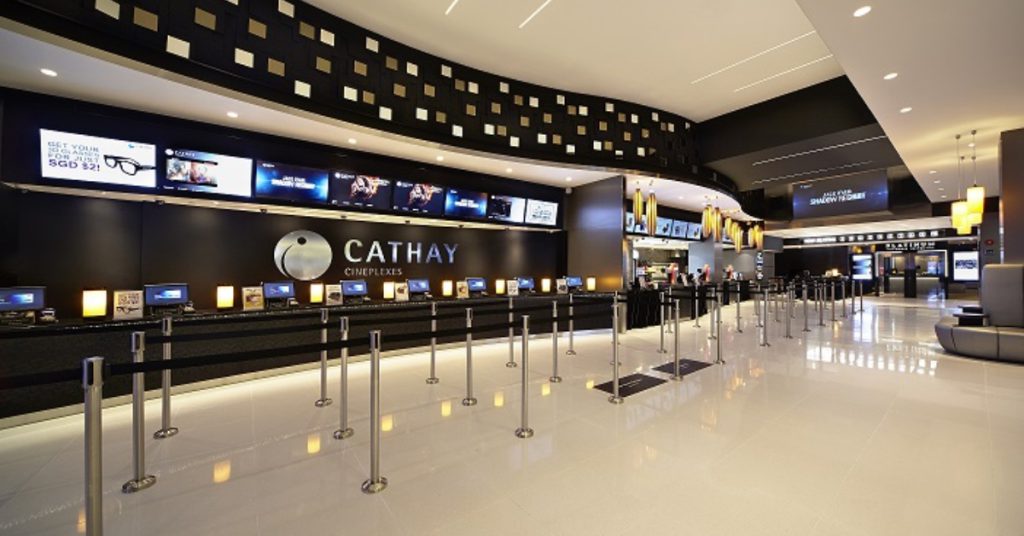
Faced with mounting million-dollar debts, Cathay Cineplexes’ operator, mm2 Asia, is considering several options, including shutting down all its cinemas, to address its ongoing financial concerns. Other options include continuing negotiations with Cathay Cineplexes’ landlords to consensually restructure existing obligations, as well as pursuing a court-supervised scheme of arrangement to reorganise its debts while maintaining […]
This 26 Y/O batik biz nearly shut down, now 3 S’poreans are trying to turn it around
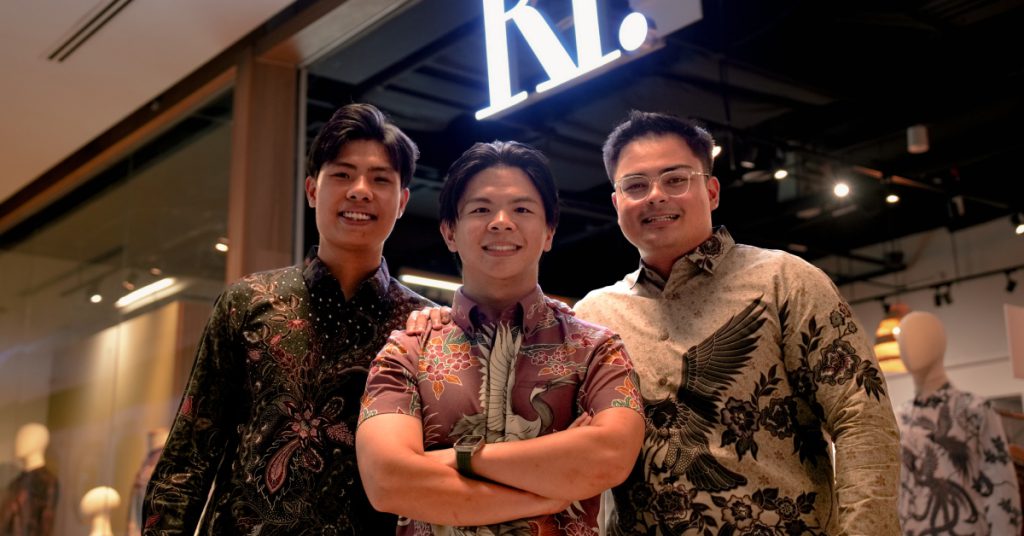
When Kreasi Indah, a long-standing traditional batik store, was on the brink of closure, three former schoolmates—Eugene Lee, Shayan Roshan, and Lim Jian Hong—saw more than just a struggling business. Fuelled by a shared passion for fashion and heritage, they saw an opportunity to preserve a piece of Southeast Asian culture; hence, the trio stepped […]
Where in the World Is Slot Gaming Growing The Most?
Slot gaming is one of the most accessible ways for players to get involved in the casino world – plenty of different themed games, with varying jackpots and extras, but all connected by the fact that they are easy to learn and play. Slot games are designed to be bright, colourful, and fun, with various […]
This tiny AI-powered voice recorder costs S$200, but is it worth getting? Here’s our review.

AI this, AI that—you’re probably sick of hearing it everywhere. But every now and then, a product comes along that is actually useful and shows how AI can simplify your daily routine. Among them is the Plaud NotePin—it’s a voice recorder priced at S$205 (US$159) with AI smarts that can turn your audio into text, […]
KL just ranked in Top 20 emerging startup ecosystem, here are 5 startups who got us there
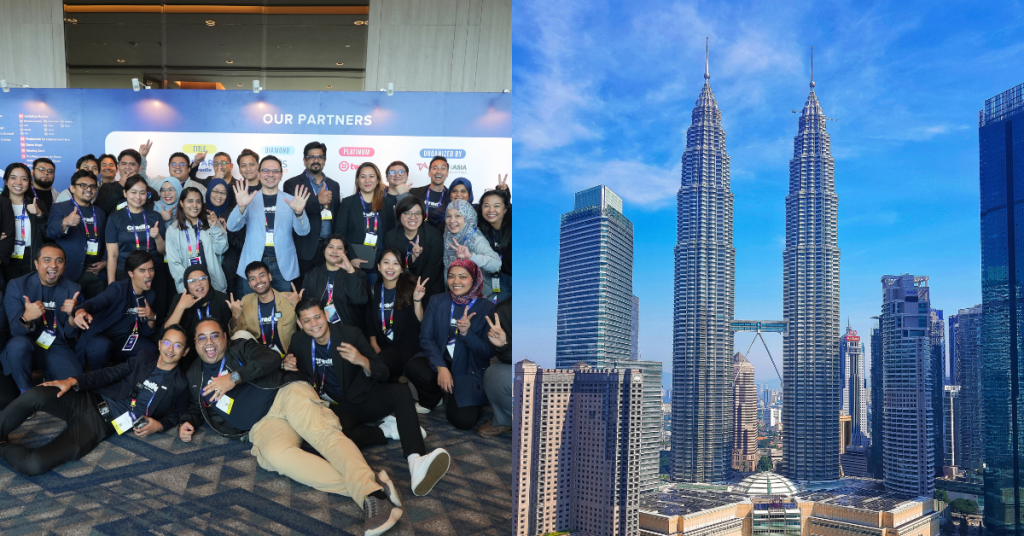
[This is a sponsored article written in collaboration with Cradle Fund.] Did you hear? Kuala Lumpur is now in the Top 20 Emerging Startup Ecosystems, ranking 18th in the Global Startup Ecosystem Report (GSER) 2025 by Startup Genome. This is a notable milestone and a testament of Malaysia’s coordinated national innovation agenda showing measurable impact […]
Why this Malaysian trainer started a fitness business that focuses on women & the elderly

When Ivan Lee was growing up, he thought 60 years old was an old-enough age to “kick the bucket.” This misunderstanding came from the fact that he was born in an unhealthy family, as he himself put it. Both his maternal and paternal grandparents were diagnosed with osteoporosis in their early 60s. “I remember when […]
Cradle LIVE! is Malaysia’s new startup engine, here’s how it supports founders all year round

[This is a sponsored article written in collaboration with Cradle Fund.] If you’re a startup or business owner in Malaysia, chances are you’ve heard of Cradle Fund (or better known as Cradle). But what you might not know is the extent of its recent brand refresh exercise after 22 years of supporting the local startup […]
How this smartboard is helping teachers in M’sia make classroom learning more immersive
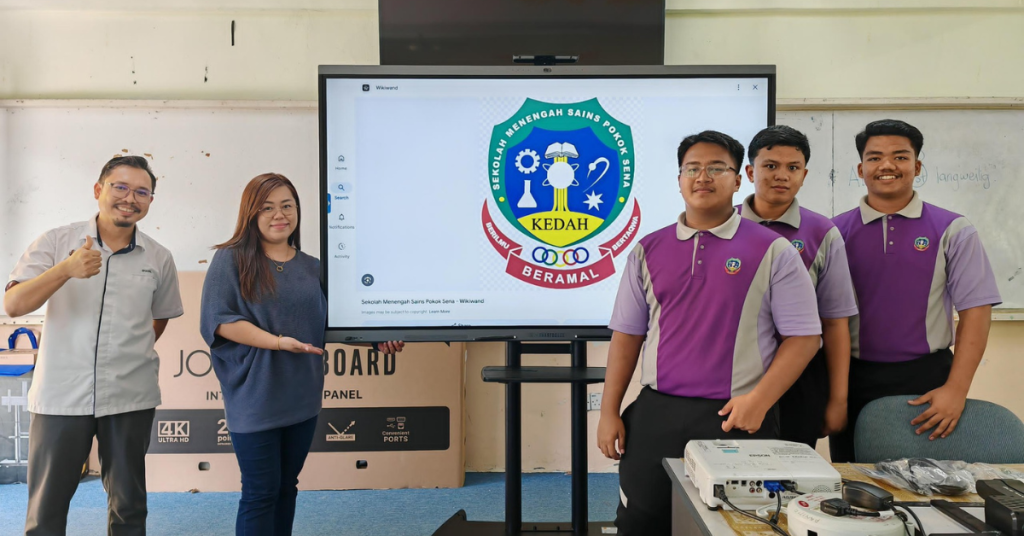
[This is a sponsored article written in collaboration with SNS Network.] If you walked into a classroom now, chances are you’d find that many things have changed from when you were a student, from different syllabi and subjects to even the kind of examinations taken (PMR who?). But that’s a good thing. Because it shows […]
M’sian companies, here’s how you can get global market access through MDEC’s DEX CONNEX
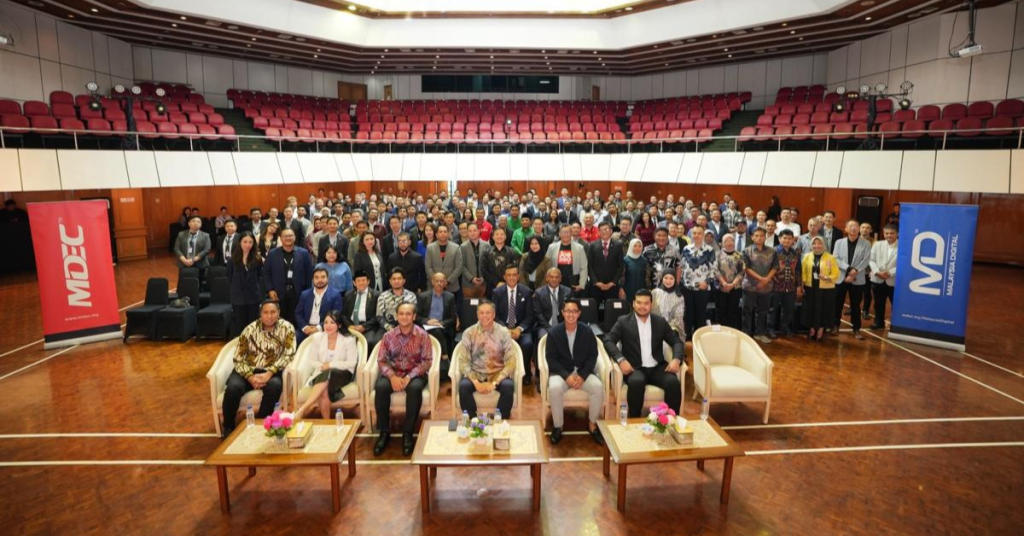
[This is a sponsored article with Malaysia Digital Economy Corporation (MDEC).] One common thing we’ve noticed seasoned, true blue entrepreneurs advise budding business leaders in Malaysia is not to pigeonhole themselves. Instead of focusing on our country, local businesses should cast their net wider and focus on dominating the regional market. In fact, having a […]
3rd time & counting? This report ranked S’pore as the most expensive city for the rich again.
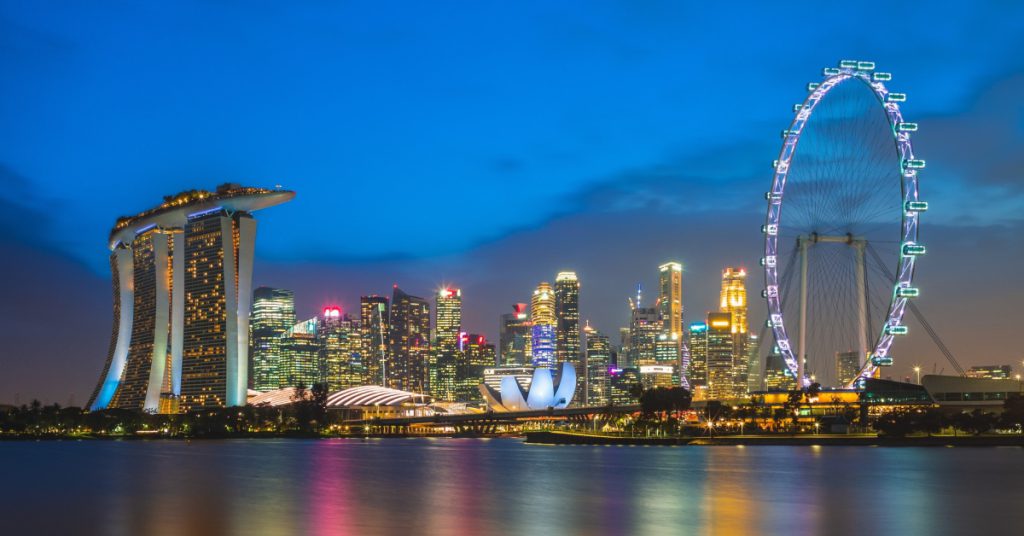
Disclaimer: The following report has noted that its data was collected prior to the announcement of the US’s reciprocal tariffs; thus, subsequent market and pricing shifts were not factored into the figures mentioned below. Swiss wealth management company Julius Baer Group recently published its 2025 Global Wealth and Lifestyle Report, where it named Singapore as […]
Would you pay someone to talk to your pet? We spoke to 2 S’poreans making a biz out of it.

As a pet owner, I often thought it would be easier if I knew what my dog was thinking, but I always dismissed it as something that only fantasy characters can do. That was, until I came across an article by The Straits Times on animal communicators (ACs) in Singapore at the start of the […]

